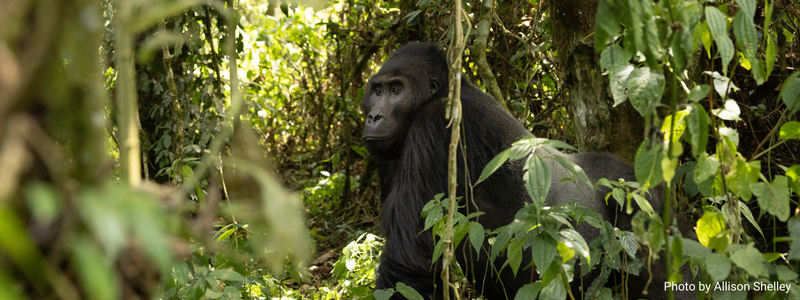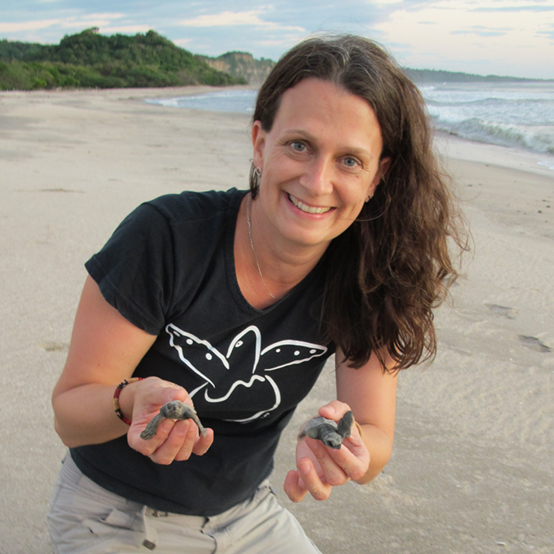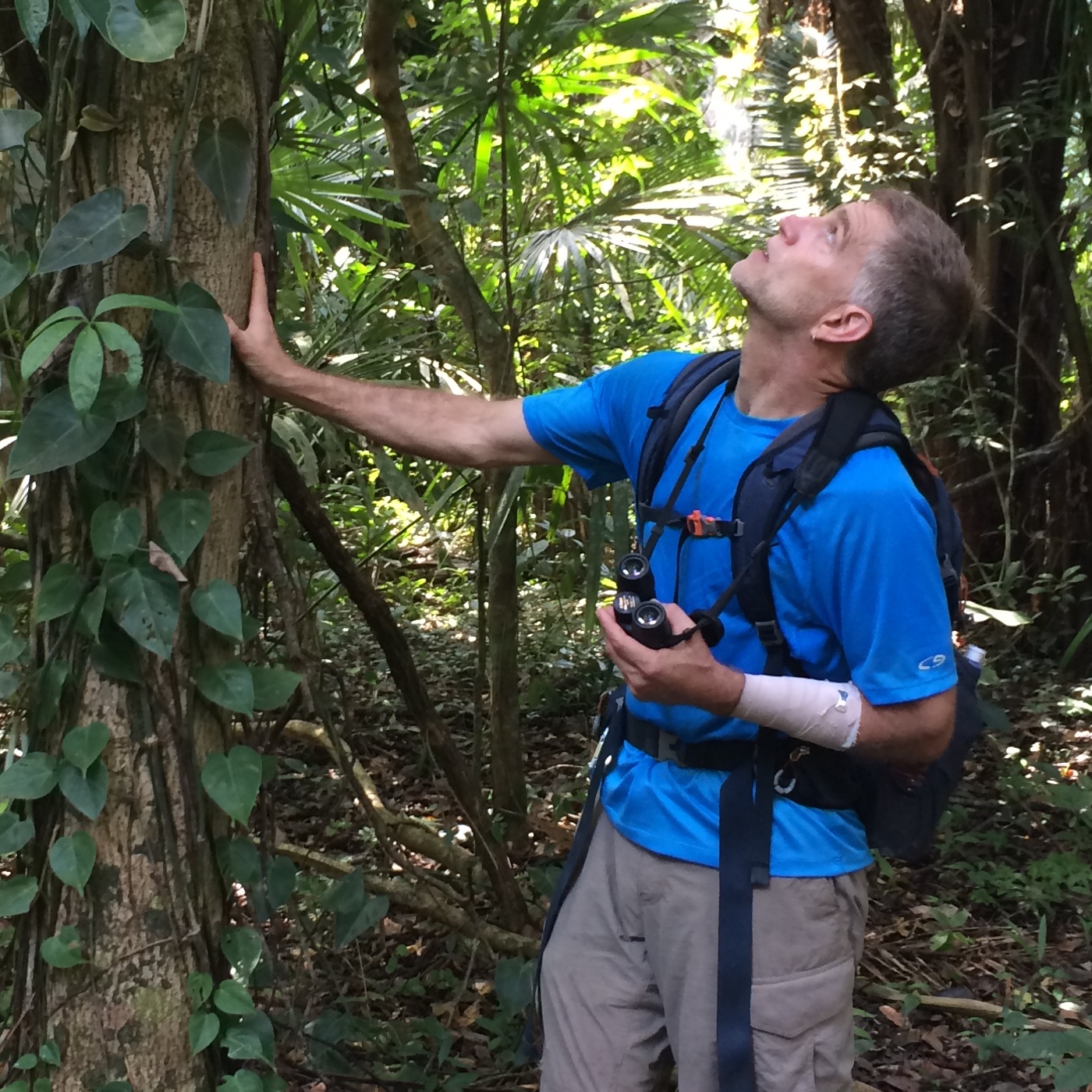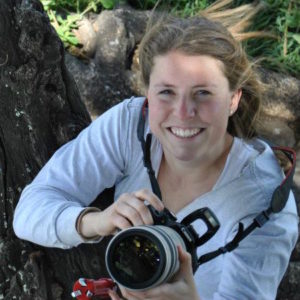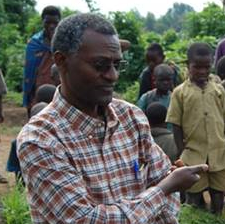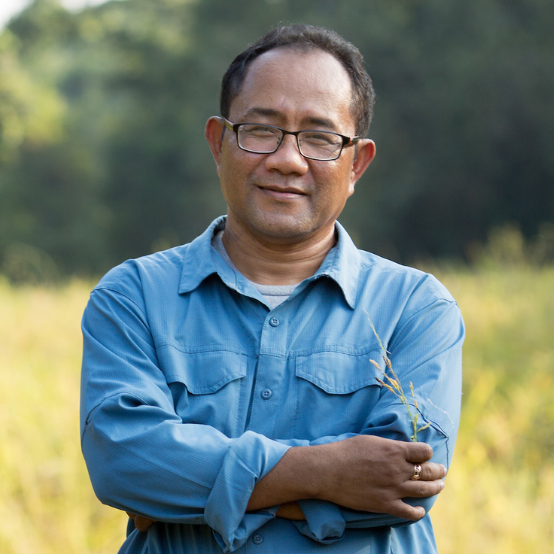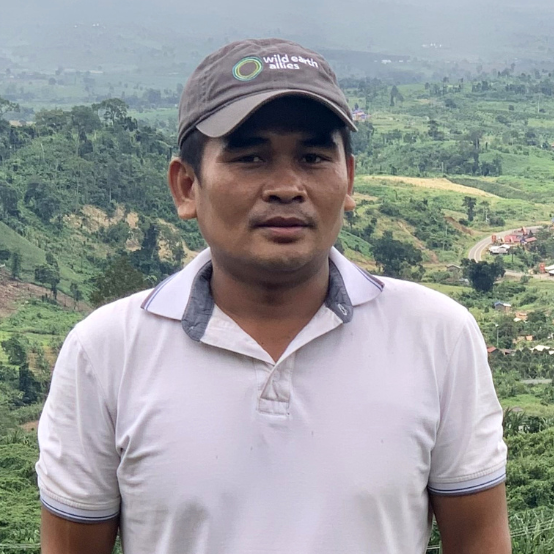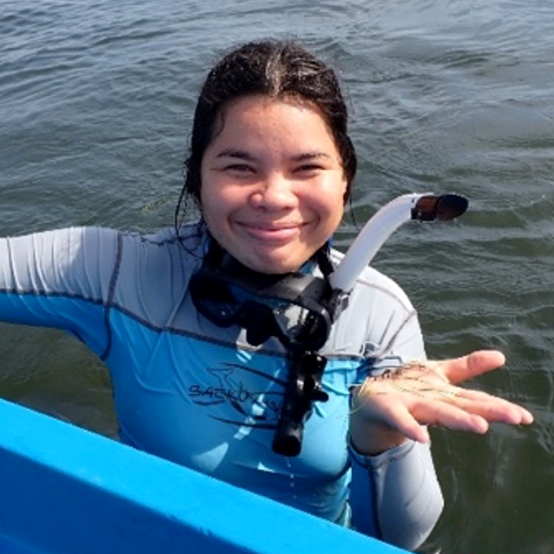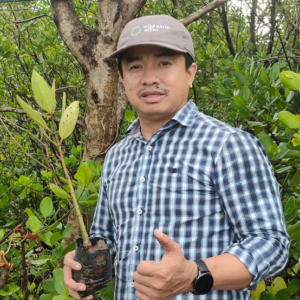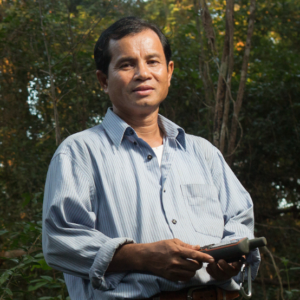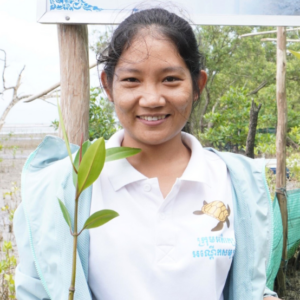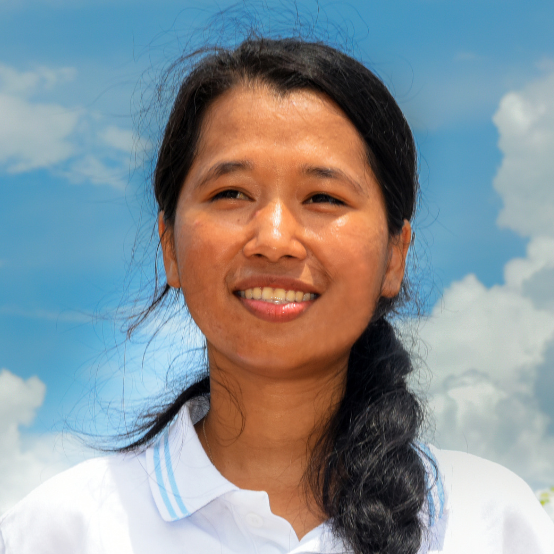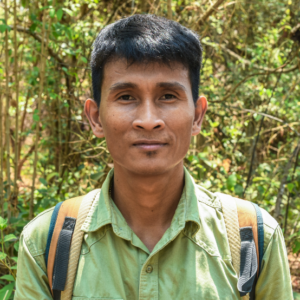In the Democratic Republic of the Congo, the forests of Kahuzi-Biega National Park and surrounding community areas are home to the world’s largest remaining population of Grauer’s gorillas. These majestic animals are listed as critically endangered, with a global population estimated at 6,800 individuals as of 2021. Together, Wild Earth Allies and Primate Expertise are working in the upland sector of the park to address two primary pressures on Grauer’s gorillas: hunting and habitat loss. Through snare removal and anti-poaching patrols, habitat restoration, and livelihood diversification, we protect gorillas and improve the well-being of families living near the park.
Since our partnership began, the population of Grauer’s gorillas in our project area has increased by 10%. We have not lost a single gorilla to snaring.
Our long-term biomonitoring program also supports gorilla conservation by tracking their numbers, demographics, and habitat use. But monitoring elusive gorillas in the forest can be a challenge. That’s why motion-activated field cameras—also known as camera traps—are a key conservation tool for the Primate Expertise team. When wildlife pass by the cameras, motion sensors activate a one-minute recording. The resulting footage captures crucial data on feeding and other behaviors, movement patterns, and population size.
Like all gorillas, Grauer’s are a keystone species, meaning their presence impacts other wildlife and the health of the entire ecosystem. Primate Expertise uses camera trap footage to monitor other threatened animals in the upland sector of the park, including chimpanzees, owl-faced monkeys, and many more. Since initiating a camera trap study in 2017, the team has so far identified 48 vertebrate species.
Take a look at some of our favorite captures from the study:
Grauer’s Gorilla
A silverback Grauer’s gorilla approaches and rests near a camera trap in the forest. Silverbacks are males named for the section of silver fur that appears on their backs at around 12–13 years old. The special marking lets other gorillas know the male has reached maturity. Grauer’s gorillas are highly social animals and live in family groups ranging in size from five to 35 individuals. Groups are led and protected by a dominant silverback and typically include a few unrelated females and their young.
A mother gorilla and her baby eat wild pineapple (Myrianthus holstii), a fruit that communities near the park also enjoy. Gorillas spread intact seeds from the fruits they eat through their dung, ultimately creating healthier and more diverse forests. In partnership with Wild Earth Allies, Primate Expertise grows trees from seeds collected from ape dung—known as Ape Trees™—and uses them to restore degraded gorilla habitat in and around the park. Indigenous Batwa people also benefit from the trees as medicinal sources.
A female Grauer’s gorilla carries her baby in the forest. Adult females give birth to one infant every four years with a gestation period of nine months. Lucky mothers may give birth to twins. The mother is the primary caregiver, but the group’s silverback also plays a protective role.
Owl-Faced Monkey
An owl-faced monkey, also called Hamlyn’s monkey, moves through the forest. Owl-faced monkeys are classified as vulnerable. They prefer a diet of bamboo shoots but also eat leaves and shrubs. These primates are largely terrestrial, which means they spend most of their time on the ground.
Chimpanzee
A female chimpanzee inspects a camera trap with her baby in tow. Infant chimpanzees stay with their mothers until they are five years old. Baby chimpanzees can walk on their own at the age of two but continue to ride on their mothers’ bodies until after the age of five or at the birth of the next sibling. In the wild, chimpanzees give birth to one baby approximately every five years.
A group of curious chimpanzees walks through the forest. Highly social chimpanzees live in communities that usually consist of several dozen individuals. Chimpanzees are classified as an endangered species.
L’Hoest’s Monkey
A L’Hoest’s monkey, also known as a mountain monkey, rests in the forest before engaging with a baby. L’Hoest’s monkeys live in groups of 10–17 females, their offspring, and one male. Female group members form close bonds as they forage together, travel over long distances, and help to care for each other’s young. L’Hoest’s monkeys are listed as vulnerable.
Moving ahead, Wild Earth Allies plans extended work that benefits wildlife, people, and habitat in and around Kahuzi-Biega National Park together with Primate Expertise, park authority ICCN, and other partners.
Learn more about our collaborative efforts to conserve great apes and please join us by making a donation.
All video footage courtesy of Primate Expertise


